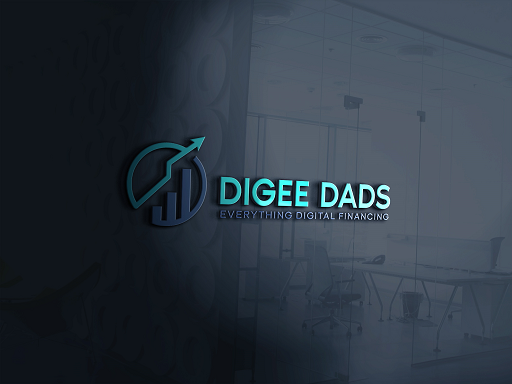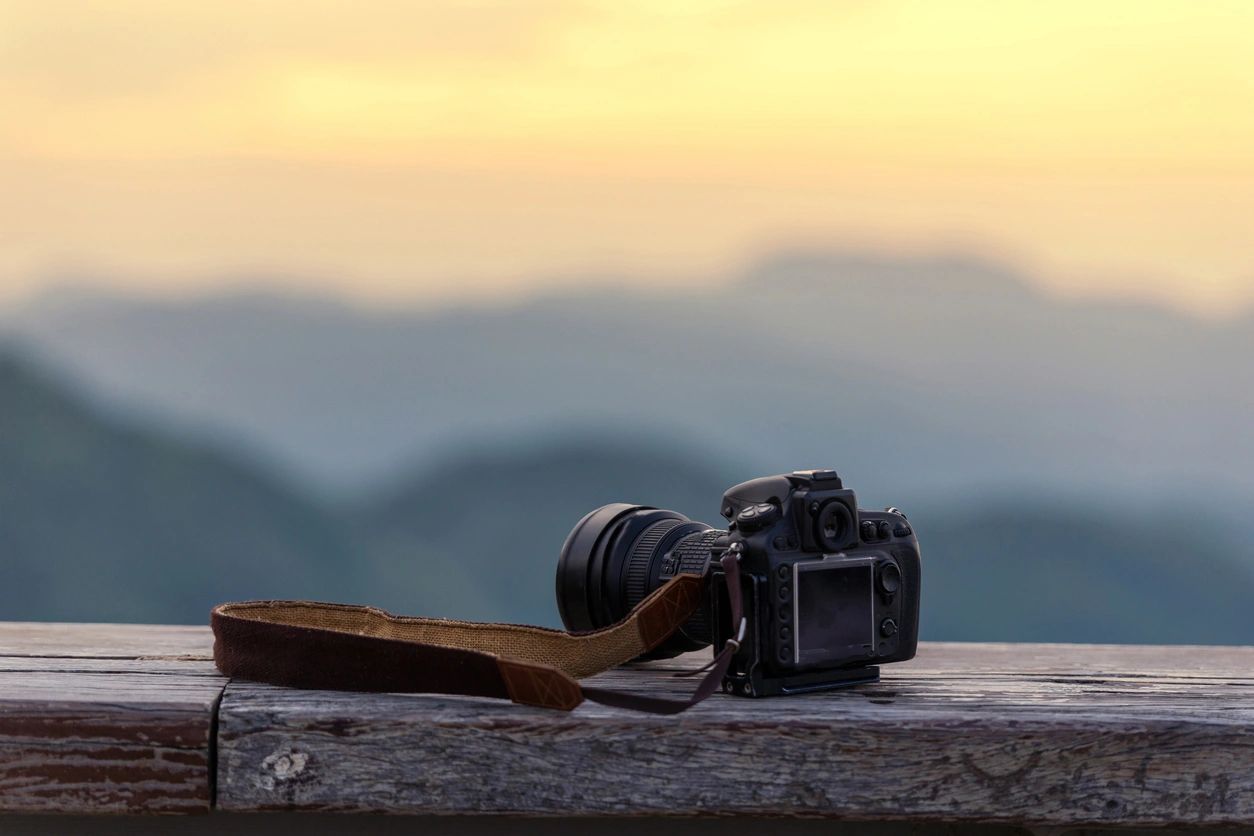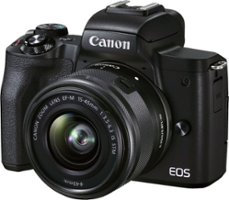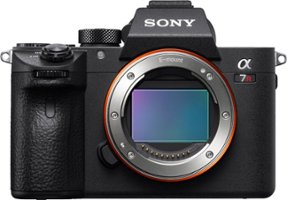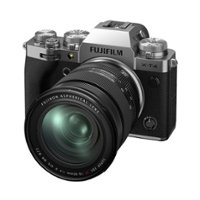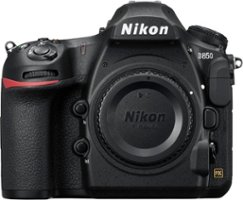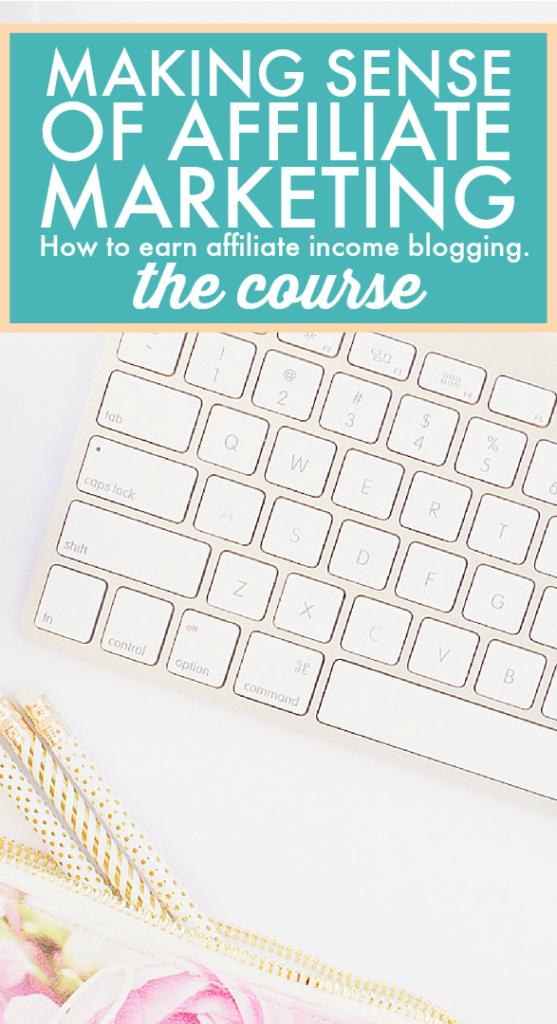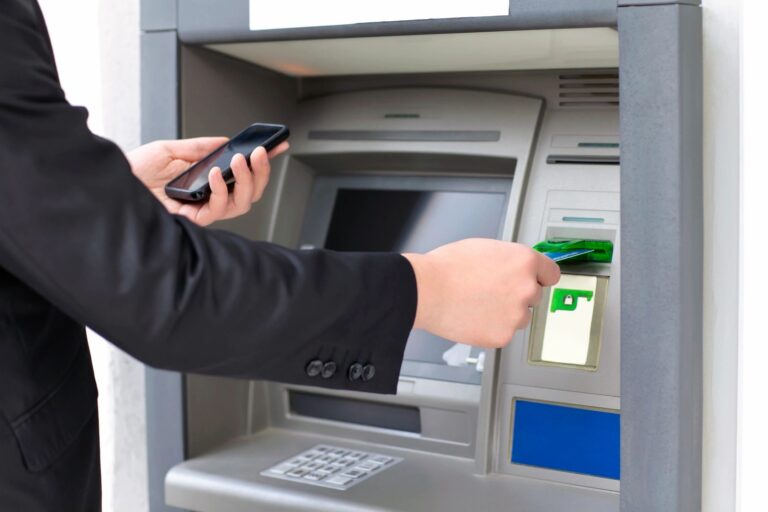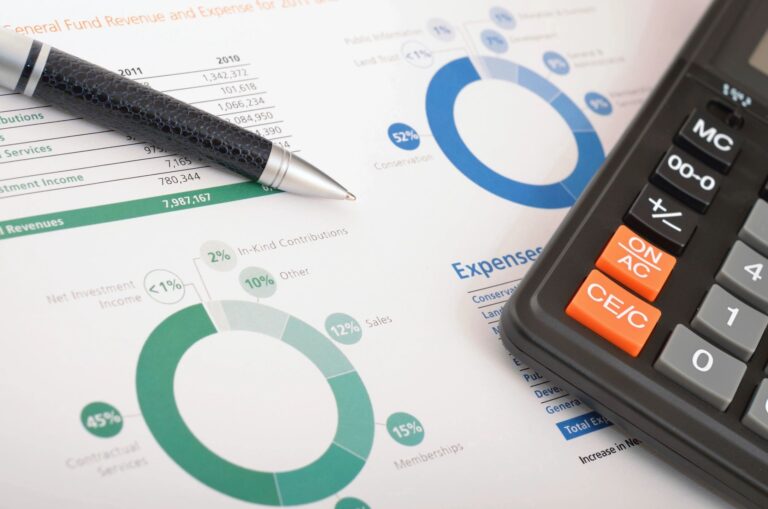5 Best Camera’s for Bloggers
DISCLOSURE: THIS POST MAY CONTAIN AFFILIATE LINKS, MEANING I GET A COMMISSION IF YOU DECIDE TO MAKE A PURCHASE THROUGH MY LINKS, AT NO COST TO YOU!
Like all content creators, bloggers need to get their message across as effectively as possible. This means having a good camera. A properly-chosen camera can make or break your content; it gives you the tools to convey your message clearly and effectively.
And if you’re not fully confident in your skills yet (and I’m here to tell you, you should be!), then learning how to use a camera is essential to becoming a successful blogger.
While there are countless good camera’s s for photography out there, only five best camera’s out above the rest when it comes to capturing the best-quality images!
1. Sony α7C
Key Features
- Battery life: Approx. 680 shots
- Viewfinder Type: electronic viewfinder, 1.0 cm
- Number of pixels: Approx. 24.2 megapixels
- Sensor type: 35mm full frame (35.6 x 23.8mm), Exmor R CMOS sensor
- ISO sensitivity: ISO 100-51200
- Monitor type: 7.5cm (3.0-type) type TFT
Product Description
The Sony α7C is a full-frame camera for all. Its compact, lightweight body and high image quality make it perfect for traveling and street photography. It has both internal and external LCD screens that can be used to monitor settings while shooting. The camera also features 4K video recording (3840 x 2160 pixels) at 30 frames per second with an autofocus assist lamp that provides constant lighting when shooting in low light conditions or without a flash.
The Sony α7C’s 40-megapixel sensor enables you to capture detailed photos of landscapes or portraits with minimal noise in your images, even if you’re using an ultrawide lens. You can also use its 4K PHOTO mode to create stunning panoramic shots up to 60 megapixels wide by converting them into JPEG images before uploading them directly onto social media platforms like Facebook or Instagram.
The Sony α7C is not cheap, but it’s an excellent choice if you’re looking to take your photography to the next level. The camera has similar features to cameras like the Canon EOS M50 Mark II and Nikon Z6 Pro (both of which are also great options). Still, it has some unique benefits that make it stand out from its competitors.
Pros
- Offers flip-out LCD screens on both sides of the body
- Provide create stunning panoramic shots
- High-quality video and images output
Cons
- Expensive
- This camera is heavy
- It’s not waterproof
User Experience
I think this camera may be a dealbreaker for some people looking for something lighter and less cumbersome than the Sony A7R II. I did use a few other cameras for my vlogging, but the features of this camera stunned my experience.
2. Canon EOS M50 Mark II
Key Features
- Viewfinder: 2.36m-Dot OLED Electronic
- Vari-Angle Touchscreen: 3.0″ 1.04m-Dot
- ISO sensitivity: ISO 51200, 10 fps Shooting
- Sensor Type: 24.1MP APS-C CMOS
- WiFi and Bluetooth; Webcam Capability
Product Description
The Canon EOS M50 Mark II is a pocket powerhouse with 4K video. It’s packed with features, but the standout feature of this camera is its sensor size: it’s a 24.1 MP APS-C CMOS sensor, which means it has more pixels than most entry-level DSLRs.
The EOS M50 Mark II also has an impressive DIGIC 8 image processor and can shoot at up to 60fps in 1080p HD resolution or 120 fps at 720p HD resolution. You can also record 4K UHD (3840 x 2160) footage if you have an external recorder like the Atomos Shogun Flame Pro 5D or 7D mkIII recorder.
Pros
- 4K high-resolution video
- 24.1 megapixel APS-C CMOS sensor
- Dual pixel autofocus system with phase detection, contrast-detect, and 425 phase-detection points
- Built-in electronic viewfinder (EVF)
- WiFi and NFC connectivity
Cons
- No headphone jack – This is the one thing that will make some people turn their noses up at this camera, but it’s not a deal breaker for most users.
- No touchscreen
- 4K video recording at 30fps; no slow motion option available on any lens attached to EOS M50 Mark II body itself.
User Experience
I recommend this camera to a traveling vlogger and a person who loves clicking the daily life beauty. Because of the compact design of this camera, it’s very easy for me to hold it wherever I go, and the high-resolution features give the pleasure of eye-catching scenes.
3. Sony A7R III
Key features
- Touchscreen LCD: 3.0″ 2.36m-Dot Tilting
- Tru-Finder: 3.69m-Dot OLED EVF
- 10 fps Shooting and 399-Point AF System
- ISO sensitivity: ISO 102400
- Sensor type: 42MP Full-Frame Exmor R BSI CMOS
- Front-End LSI and BIONZ X Image Processor
Product Description
The Sony A7R III is an excellent camera for capturing high-resolution images. It has a 42.4MP full-frame sensor and a BIONZ X image processor, so you’ll get excellent low-light performance and quality in your images.
The A7R III also features 5-axis image stabilization technology; this means it can capture clearer footage when your hands shake or if you are standing still but panning quickly (such as when shooting video).
The Sony A7R III has a 42.4MP back-illuminated full-frame Exmor R CMOS sensor that increases the light sensitivity, which in turn improves the image quality. The camera features a 5-axis in-body image stabilization that allows you to capture sharp images even under difficult lighting conditions.
Pros
- The autofocus system on this camera works fast,
- Comes with a large and bright display screen that provides great visibility in bright sunlight
Cons
- It’s expensive and costs up to $3,000
- You can’t use your phone as a viewfinder (or camera)
- No touchscreen,
User Experience
In this camera, the in-body image stabilization isn’t built. It’s only available on specific lenses that come with the body (like this one). If your lens doesn’t have IBIS built-in, then all those stabilizing movements will be wasted. It was a bit of a hassle for me to understand which lens is suitable for me and once you know the basics, it would be a fantastic experience.
4. Fuji X-T20
Key Features
- ISO sensitivity: ISO 51200
- Viewfinder: 2.36m-Dot Electronic
- Sensor type: 24.3MP APS-C X-Trans CMOS III
- Image processor: X-Processor Pro
- Touchscreen LCD: 3.0″ 1.04m-Dot Tilting
Product Description
The Fuji X-T20 combines ease of use and cutting-edge Fuji technology. It is an excellent camera for beginners. It has a good balance of features and ease of use, so you can start taking beautiful photos right away.
The Fuji X-T20 takes fantastic photos in virtually any situation, thanks to its range of high-quality lenses available on Amazon. This includes the 18mm f2 lens, giving you sharp images with minimal distortion at all distances from your subject. This makes it perfect for shooting landscapes or anything else that requires close-up shots with minimal distortion (like portraits).
If you want more than just an EVF, though, you’ll be glad to know that Fuji also includes a tilting touchscreen display on this model.
Pros
- X-T20 has a 24.3MP X-Trans CMOS 4 sensor
- This camera is about 2.5 times the resolution of the average smartphone camera, and it delivers high-quality images with sharpness and clarity that’ll impress even the most critical of audiences.
- Sports an electronic viewfinder with 100% field coverage
- Featured an eye sensor that makes it easy to fire off shots without touching your camera (or selfie stick)
Cons
- It’s not the most affordable camera
- It’s not the most compact camera.
- It’s not the most durable camera either; the Fujifilm X-T20 isn’t weatherproof like some competitors (like the Sony A7R III).
User Experience
Fuji X-T20 is the best camera for vlogging. However, if you’re looking for something a little different than what’s mentioned in the features so far, I would recommend investing in some extra lenses. You could either buy an additional lens or two or even three. I love this idea because then not only do you have more choice when choosing which lenses best suit your needs but also because having multiple different options means there’s always something else worth buying when trying out new ideas or styles.
5. Nikon D850
Key features
- Sensor type: 35.9*23.9mm, CMOS
- Battery: Li-ion Rechargeable
- Effective Pixels: 45.7 million
- Monitor Size: 3.2 inches
- Monitor Type: Tilting TFT touch-sensitive LCD
Product Description
The Nikon D850 has DSLR versatility in a mirrorless package. It is a full-frame camera that can shoot up to 9 frames per second. It has a 45.7-megapixel sensor, which means you’ll be able to capture stunning photos with more detail than ever before.
The Nikon D850 has a 3.2-inch LCD screen and tilting touchscreen, so you can take pictures from any angle without relying on your memory card’s vertical orientation or moving around to use it effectively (which would mean missing out on some great shots).
It also features a high-resolution electronic viewfinder with 100% coverage and 1.44 million dots of resolution, which is enough to see your subject clearly, even in low light conditions.
Pros
- It takes 4K videos at 30 frames per second (fps) but can also record Full HD footage at 120 fps and slow motion video at 240 fps
- Full frame sensor
Cons
- Nikon D850 is not as easy to use as a Sony or Fuji camera.
- The lack of 4K video and sensor size are drawbacks for this model, but they aren’t deal breakers for most people who want a DSLR with good low light performance and excellent photo quality overall.
User Experience
I chose Nikon D850 because of its fantastic battery life, and it did pass my favor. The D850 has a 24.5MP full-frame sensor, making it the most advanced DSLR camera in Nikon’s lineup. So, I highly recommend this camera if you are a professional vlogger.
Conclusion
The best camera for bloggers is the one that fits your budget and needs. A great camera can give you better quality photos, but if you don’t have the money to buy it, other options will still allow you to take amazing shots.
Overall, these are ideal and good cameras for photography and videography for a blogger who needs a lot of power and flexibility. This is especially true if you like to shoot videos or take photos using multiple lenses. However, by reviewing the features of each product here, you will surely choose the one you desire.
Thanks for reading this article and if you like this kind of content don’t forget to sign up for our weekly posts. You are sure to get some value!
Digee Dads
![]()
